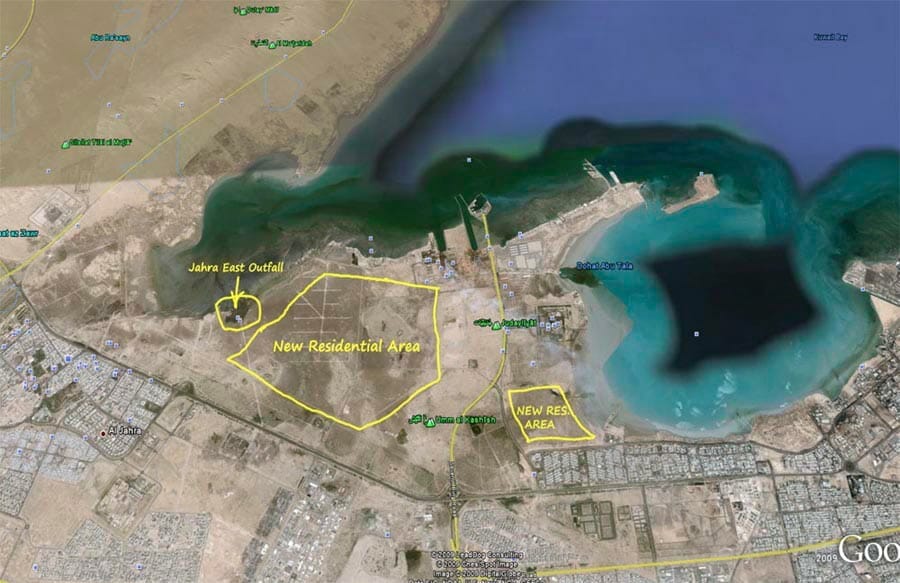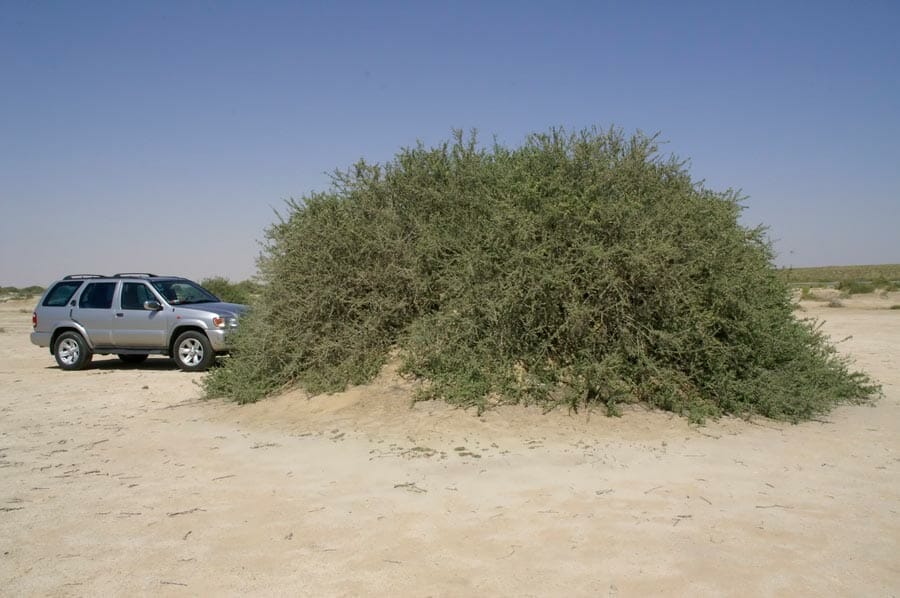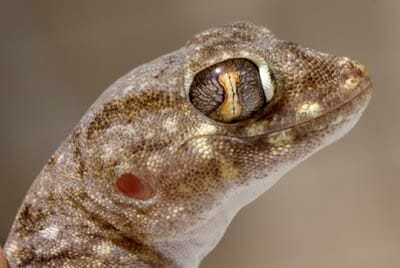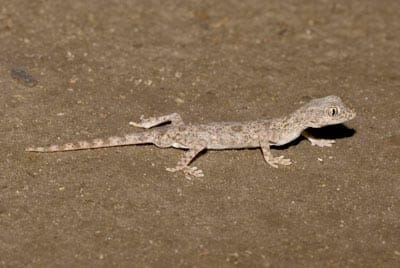SAVE JAHRA EAST OUTFALL
15/08/2009 Jahra East Outfall is under threat from development
As you may know Jahra East Outfall is one of the best birding sites in Kuwait and in fact is the only coastal site that has a salt marsh and a Subkha surrounded by Nitraria retusa and Tamarisk trees.
The government of Kuwait has signed a contract to fill the subkha with sand in order to prepare it for building a new residential area named “Jaber Al-Ahmad City”. As concerned birders of Kuwait we believe that a residential area in the close proximity of what should be a protected site will accelerate sea pollution, destroy the fragile shallow sea water which is a nursery for crustaceans and fish.
Jahra East Outfall is an important breeding site for many birds including the endangered Basra Reed Warbler Acrocephalus griseldis and is a haven for autumn and spring migratory birds which pass through Kuwait in large numbers. We believe that after building this residential area with the proposed restaurants and a recreational seafront the salt water marsh and reeds will suffer and could potentially be wiped out.
The Sulaibikhat Bay where Jahra East Outfall is situated receives a large passing, wintering and summering waders, gull and terns. Large numbers have been recorded by local Kuwaiti birders and visiting international birders during both migrations between Sulaibikhat Bay, Jahra East Outfall and Doha. These include; Great Cormorant 2000, Greater Flamingo 2000,Greater Sand Plover ‘several thousands’, Lesser Sand Plover 1000, Grey Plover 1000, Sanderling ‘several thousand’, Little Stints 2000, Curlew Sandpiper 700, Dunlin 10000, Broad-billed Sandpiper 500, Bar-tailed Godwit 2000, Eurasian Curlew 1500, Common Redshank 1000, Terek Sandpiper 1000, Red-necked Phalarope 1000, Pallas’s Gull 542, Black-headed Gull 5000, Slender-billed Gull 20000, Lesser Black-backed Gull 1000, Caspian Gull 1000, Gull-billed Tern 1234,Greater Crested Tern 1200.
The following map shows the proposed residential area.


Below is an article that was published in Zoology in the Middle East vol:47/2009 this article about two reptiles that have been discovered at Jahra East Outfall.
Two first records of the lizard genus Stenodactylus (Reptilia: Gekkonidae) from Kuwait
by AbdulRahman Al-Sirhan
Murray’s comb-fingered gecko Stenodactylus affinis (Murray, 1884)
During a night survey of the Jahra East Outfall, JEO (N 29° 21′ N, 47° 44′ E) on 16th May 2007 two Murray’s comb-fingered gecko Stenodactylus affinis (Fig. 1) were found and photographed, later surveys indicated that it was the dominant species of Gekkonidae at that area near the outfall and between the bushes of Nitraria retusa. JEO is a subkha salt flat area where sewage water flows into the sea; it is occasionally over flooded at extreme high tide with mostly sewage water and partly sea water, creating the habitat where these Geckos are found.
Five individuals were captured and examined; their average snout-vent length was 53mm, tail 30mm, rostral and the first upper labial scales reach the nostril, nostrils don’t project forward (Fig. 2). All showed two preanal pores separated by 4-7 small scales, cloacal tubercles in a single row, two showed a second reduced row. The tail is covered by 6 to 8 dark bands.
There are four dorsal transverse dark bars, in two specimens these became two spots, two pale vertical bars on lips, the second being just under the eye, and there are also a number of pale spots on flanks.
This is the first record for the Arabian Peninsula; it has only been recorded in south-eastern and central Iraq, and in Iran from South-eastern Khuzestan and southern Fars Provinces. It may extend south along the Arabian Gulf into eastern Province of Saudi Arabia.
Gulf Sand Gecko Stenodactylus khobarensis (Haas, 1957)
The Stenodactylus khobarensis (Fig. 3) was found at the fringes of JEO on 26th April 2007, later was found at the northern desert near Al-Ratqa Police Station sharing its habitat with Stenodactylus slevini who is abundant there.
Measurements. Snout to vent length was 54mm, tail (tip to vent) 39mm.
It has distinctly protuberant nostril (Fig. 4) right, postmental scales distinctly enlarged (Fig. 4) left, belly scales larger dorsal scales, no preanal pores present, rostral scales reach the nostril but first upper labial don’t, toes cylindrical in shape, two cloacal tubercles were present.
Its described range is along western and southern coasts of the Arabian Gulf (Saudi Arabia Bahrain and United Arab Emirates) and central Oman (Arnold 1986), so this record represents a huge range extension northward, and it is clear that it is expected along the deserts from Saudi Arabia up to probably at least south of Iraq.
Acknowledgements. I wish to thank Dr Peter Cowan for his guidance and proof reading the manuscript, and Mr. Pierre-André Crochet for correcting the identification of the Stenodactylus khobarensis.
References
Anderson S., (1999) The Lizards of Iran. – Society for the Study of Amphibians and Reptile.
Arnold, E. N. (1986):A Key and Annotated Check List to the Lizards and Amphisbaenians of Arabia. Fauna of Saudi Arabia 8:378-384.
Leviton, A., S. Anderson, K. Adler & S. Minton (1992) Handbook to the Middle East Amphibians and Reptiles. – Society for the Study of Amphibians and Reptile.
Clayton, D., C. Pilcher, L. Corrall, B. Stuart, T. Farmer, M. Deeks, C. Johnson, and A. Abdul-Gaffar. (1983). Kuwait’s natural history. An introduction. Kuwait Oil Co. Ltd., Kuwait.
Clayton, D., K. Wells. (1987). Discovering Kuwait’s Wildlife. Fahed Al-Marzouk Press, Kuwait.
Author’s address: AbdulRahman Al-Sirhan, P.O. Box 49272, Omariya, Kuwait 85153. E-mail: alsirhan@alsirhan.com




Below are photographs from Jahra East Outfall taken on 19/08/2009

I posted this link to my blog and I hope to save all fields for birds in region
Many thanks my friend
Dera Mr. Alsirhan,
Many thanks for a very informative presentation. If it is Ok I will use some of your photos in my lectures.
Many thanks and Good luck.
Hi Manaf,
Yes for sure you can use any photo in this blog in your lecture.
Thanks for asking.
Regards,
A. Al-Sirhan
Dearest Abdulrahman Al-Sirhan,
My friends and I are very impressed with your work to protect this “sanctuary” at Jahra which I recently visited on a trip to you country in early July 2011. Please can you inform me/us on how the status of this threat stands to the area?
I completely agree that this site is “the jewel in the crown” of Kuwaits natural history high-lights and must be protected! It is also a virtual outdoor classroom for ecology and environmental education. My warmest congratulations to you for all efforts towards a successful conservation campaign.
Dr. Stam Zogaris
Hellenic Center for Marine Research
Athens Greece
Dear Dr. Stam,
Many thanks for your kind words. Two years passed and nothing appears on the horizon. Unfortunately conservations in Kuwait is not a priority and appears not be on the agenda of most decision makers. We were promised from the past minister of the Public Works to take measures into making it a reserve. Contrary to his promise overgrazing returned heavily to the area after a protection from grazing for two consecutive years. Authorities in charge of implementing the overgrazing law could not remedy the situation; rumours say that the an influential person has intervened to allow overgrazing.
السید عبد الرحمن السرحان
شکراً علی هذه الصور الرائعه المفیده
سید باقر الموسوی